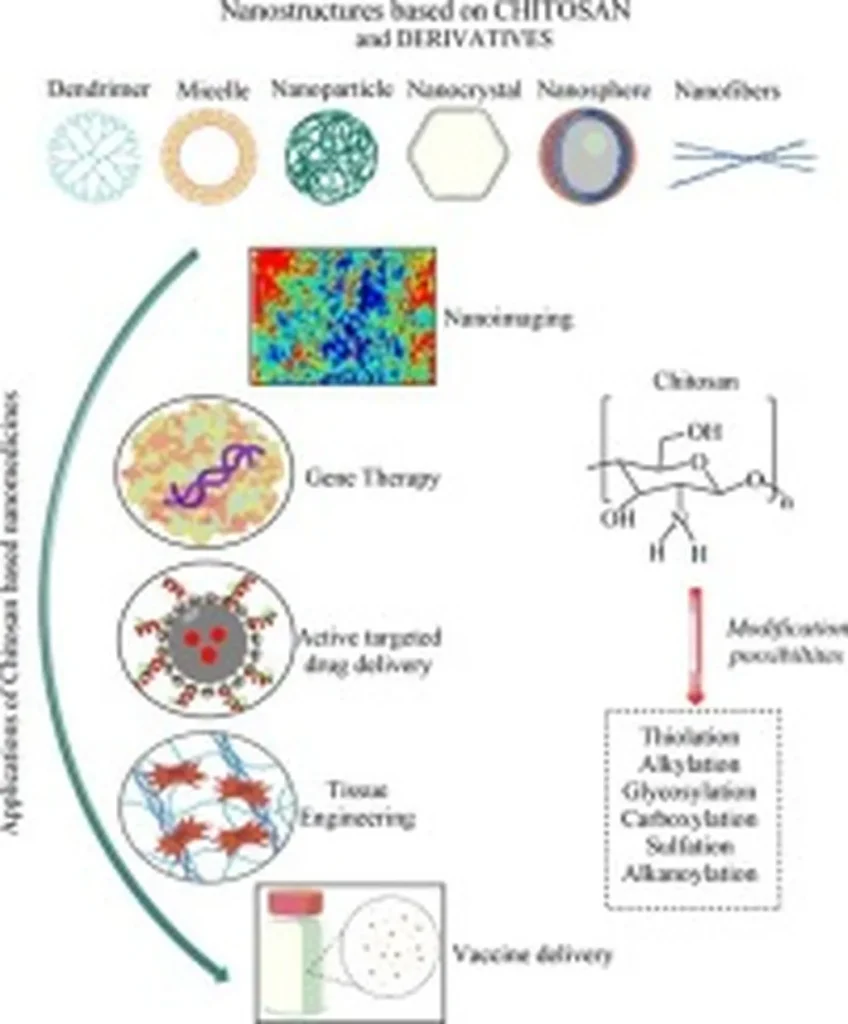In the world of advanced materials, chitosan has emerged as a superstar, finding its way into industries ranging from food and pharmaceuticals to agriculture and tissue engineering. But to unlock its full potential, scientists need precise ways to measure a critical property called the degree of deacetylation (DD). This parameter dictates chitosan’s solubility, bioactivity, and suitability for various applications. Now, a new study led by Talita Martins from the Federal University of São Carlos in Brazil, published in the journal *Materials Research* (translated to English as “Pesquisa em Materiais”), is shedding light on how to measure DD more accurately and accessibly.
The challenge with chitosan is that high-precision methods for determining DD are often costly and difficult to access. This poses a significant hurdle for both academic research and industrial applications. Martins and her team set out to evaluate the DD of commercial chitosan using a variety of widely available techniques, including potentiometric titration (PT), Fourier transform infrared spectroscopy (FTIR), Raman spectroscopy, UV-Vis spectroscopy, and X-ray diffraction (XRD).
“What we found is that while there are differences between the methods, all techniques effectively quantified DD,” Martins explains. “This is a big deal because it means that even with simpler, more accessible tools, we can get reliable measurements.”
The study highlights factors such as sample solubility, moisture content, baseline correction, and instrument accuracy that contribute to the differences observed between methods. By demonstrating the feasibility and reliability of these simpler techniques, the research provides valuable insights for improving the use of chitosan in both research and industry.
So, what does this mean for the future? For one, it could make chitosan more accessible for a wide range of applications. “By improving the accuracy and accessibility of DD determination, we can better tailor chitosan for specific uses,” Martins says. “This could lead to more innovative applications and better performance in existing ones.”
In the energy sector, chitosan’s versatility could be a game-changer. Its excellent film-forming ability, biocompatibility, and antimicrobial properties make it a promising material for energy storage devices, such as batteries and supercapacitors. Accurate DD measurement could enhance the performance and longevity of these devices, contributing to more efficient and sustainable energy solutions.
Moreover, the insights from this study could drive advancements in other fields as well. In agriculture, for instance, chitosan is used as a biopesticide and plant growth enhancer. Precise DD measurement could optimize its effectiveness, leading to more sustainable farming practices.
In essence, this research is not just about improving a measurement technique; it’s about opening doors to new possibilities. By making chitosan more accessible and versatile, it could shape the future of various industries, from energy to agriculture, paving the way for more innovative and sustainable solutions. As Martins puts it, “This is just the beginning. The potential is vast, and we’re excited to see where it takes us.”

